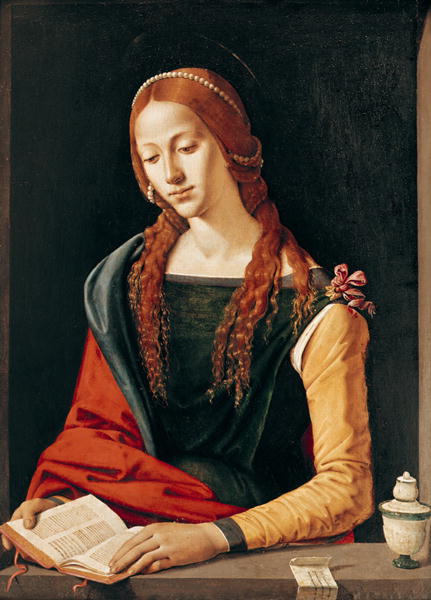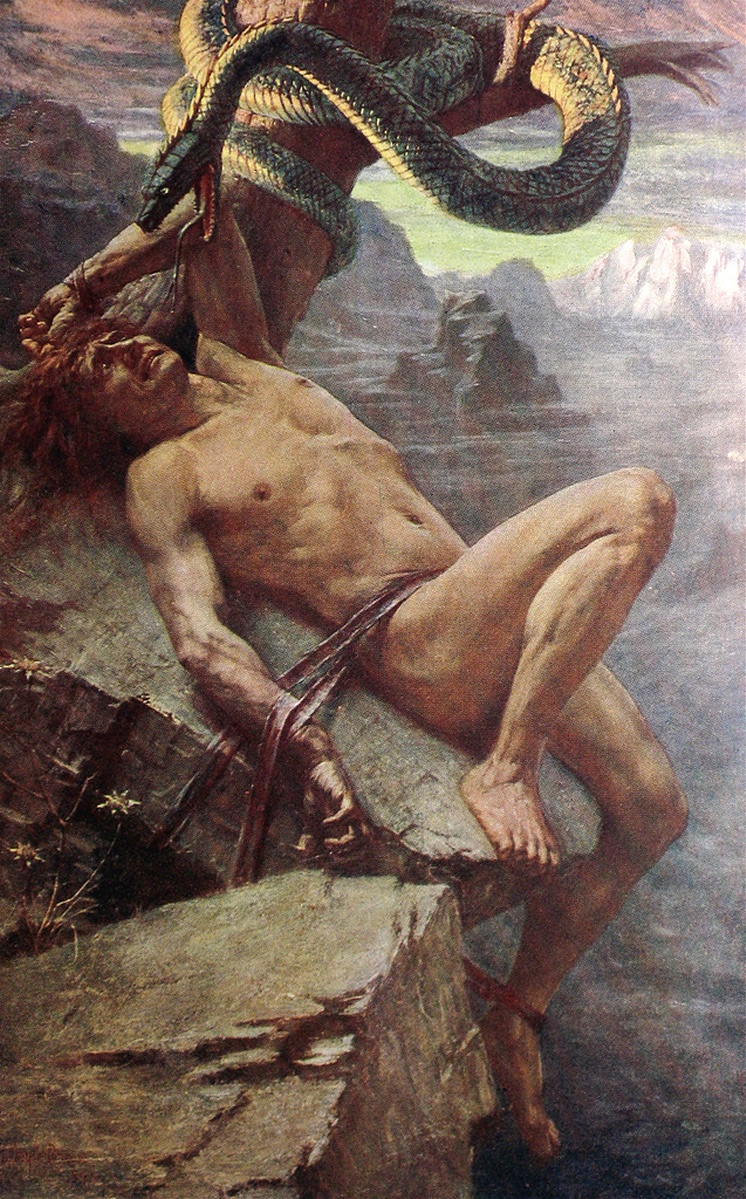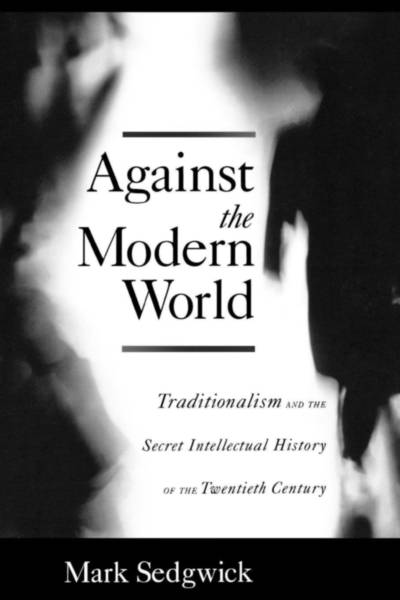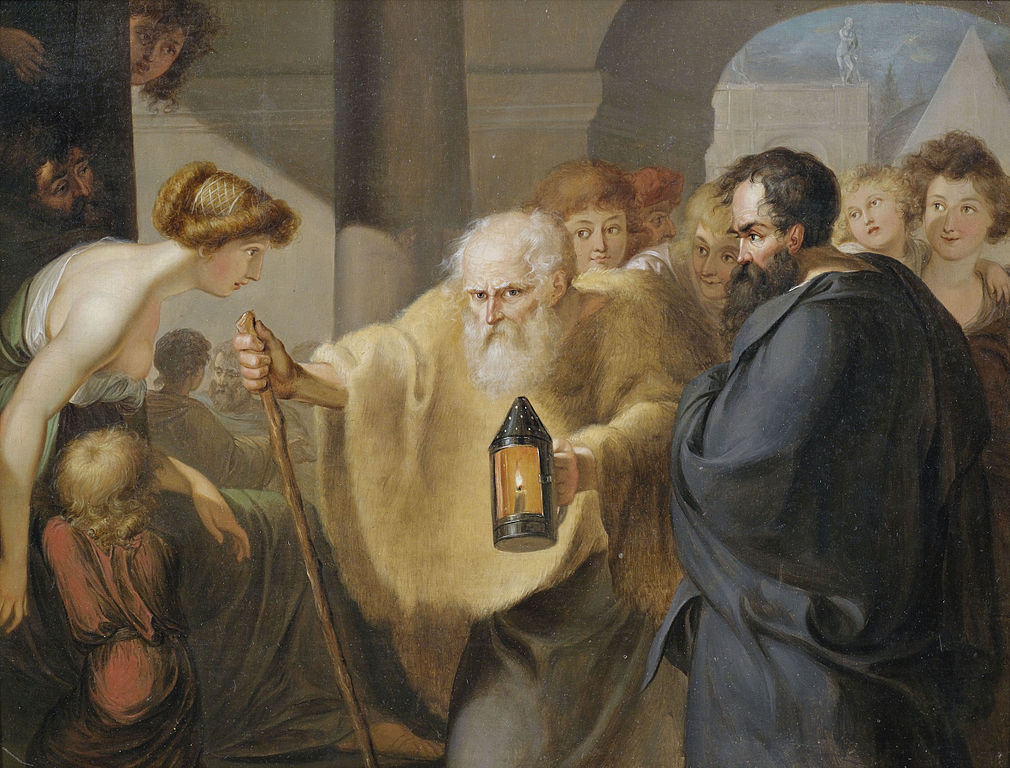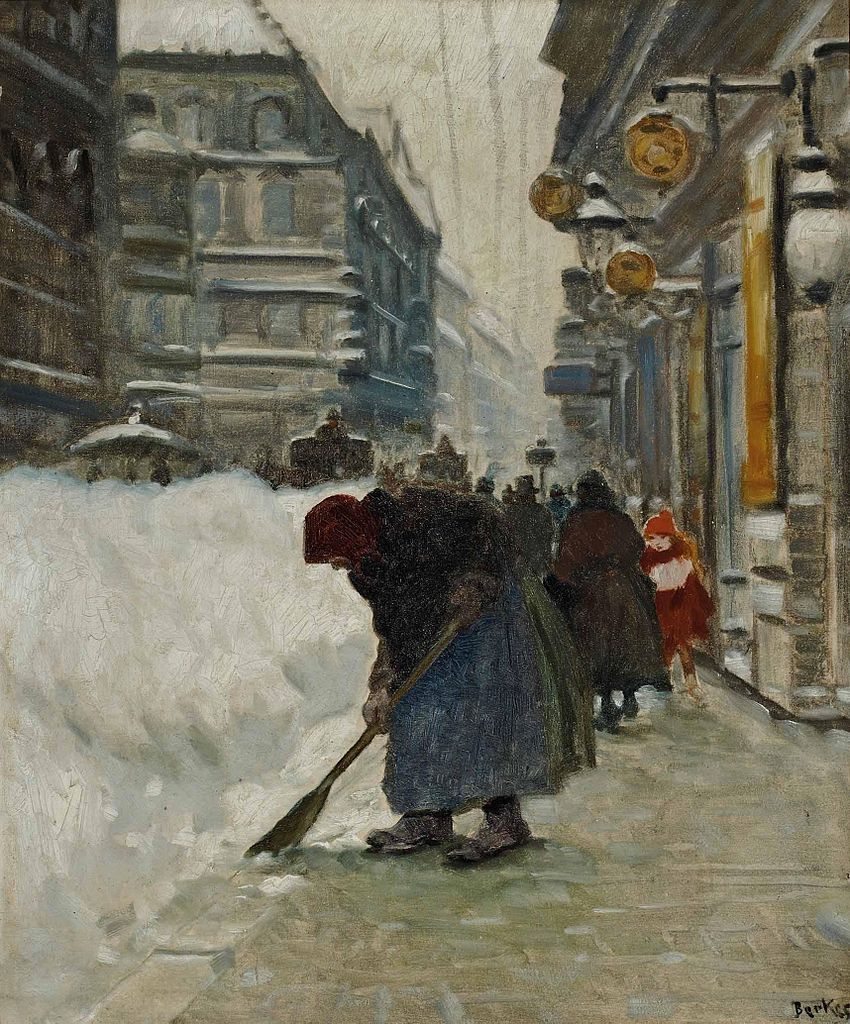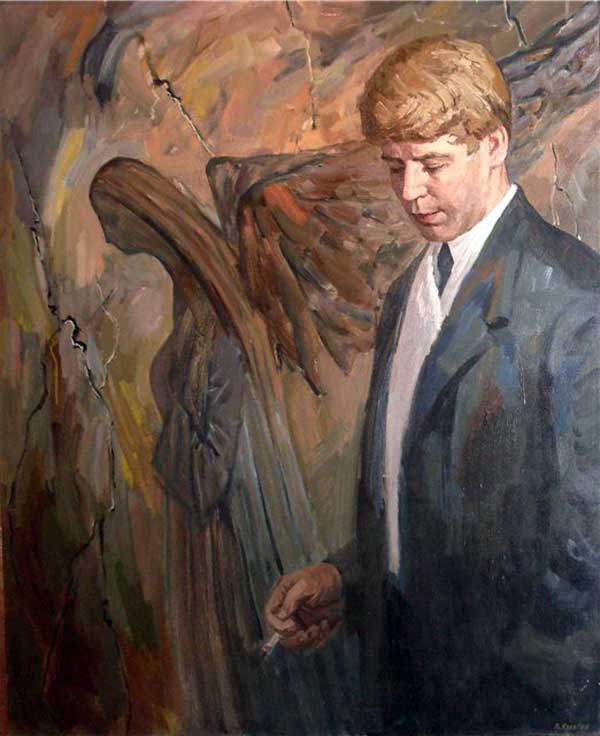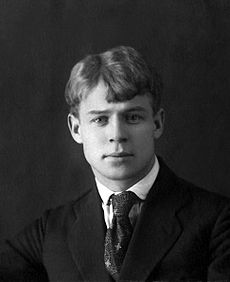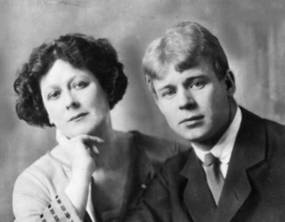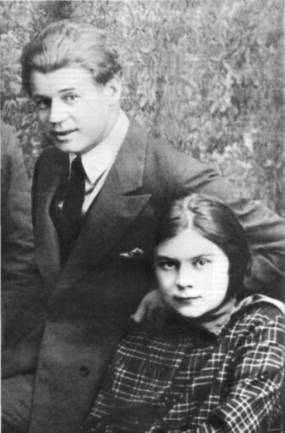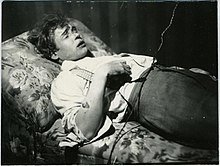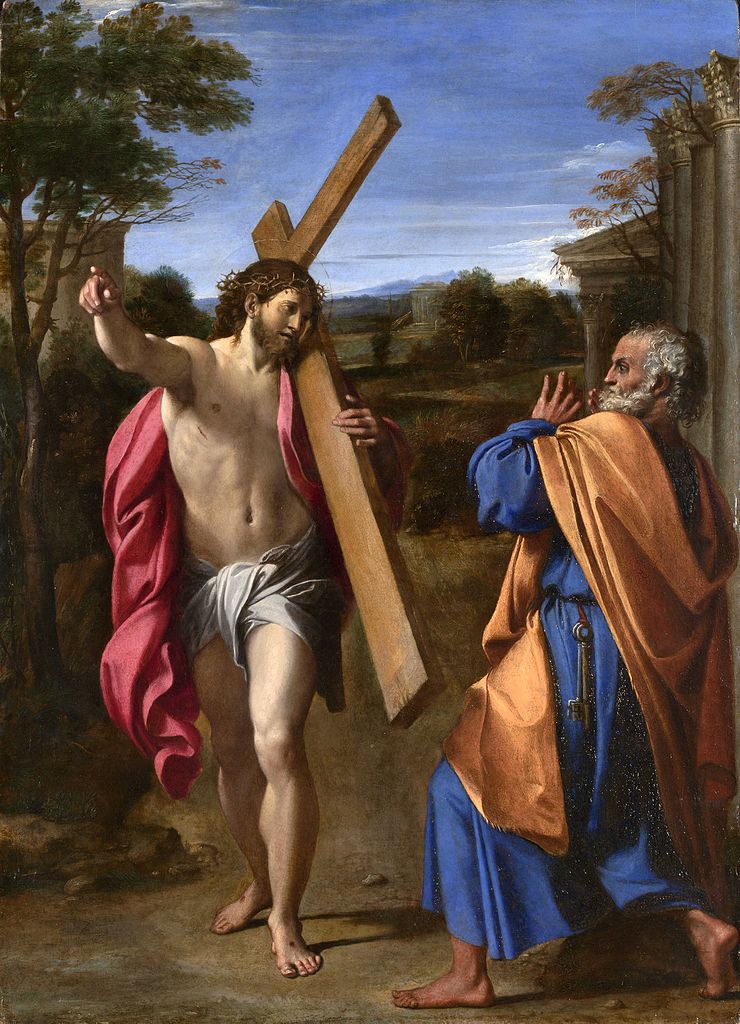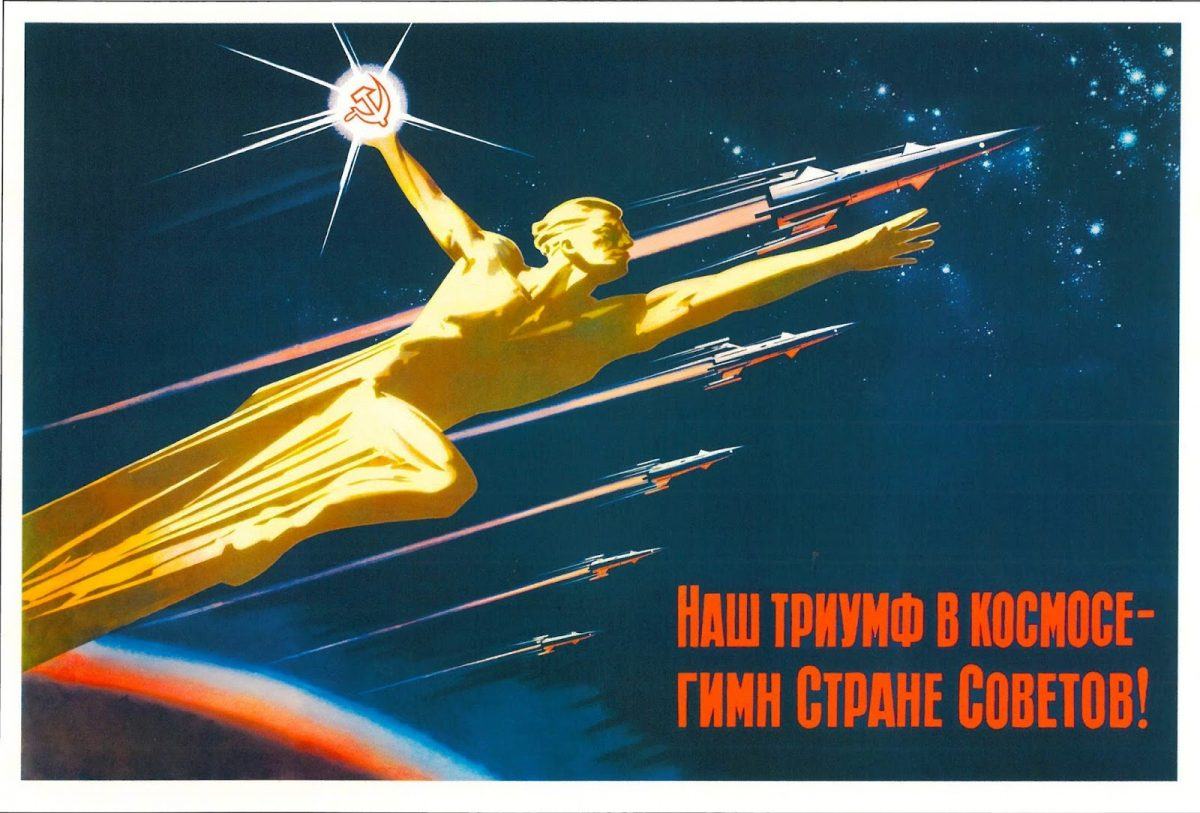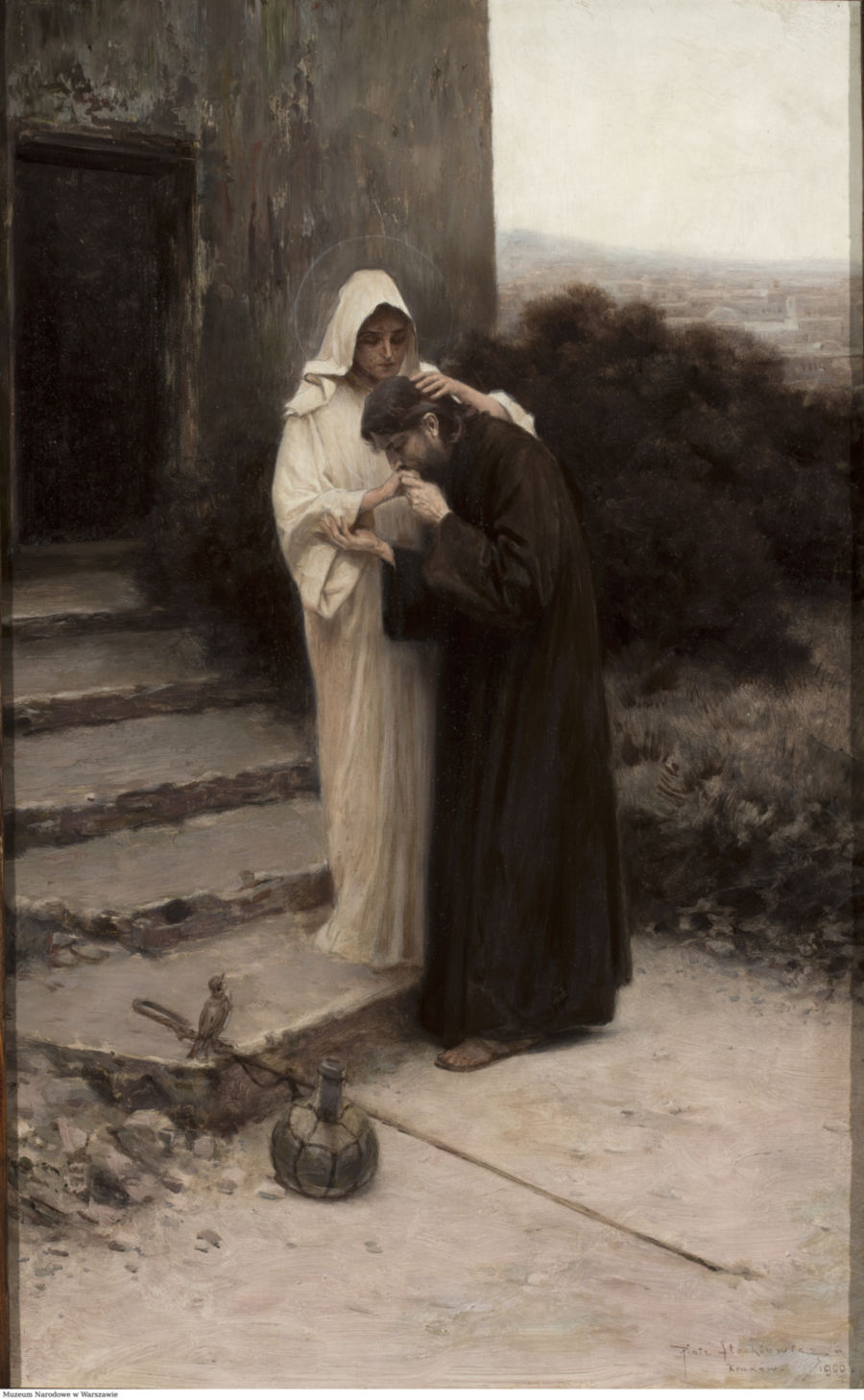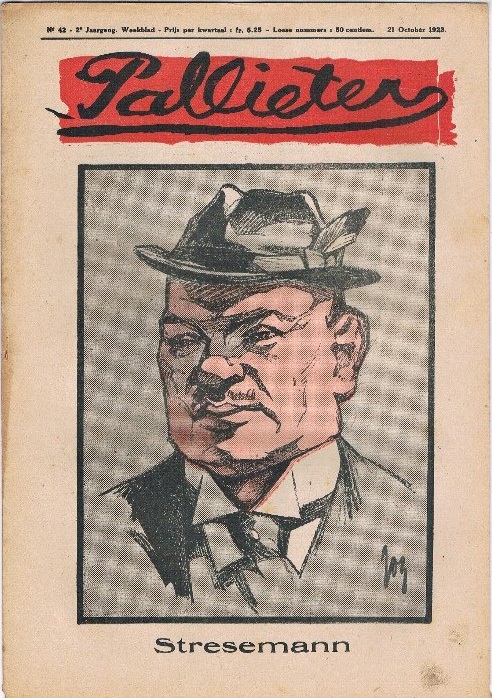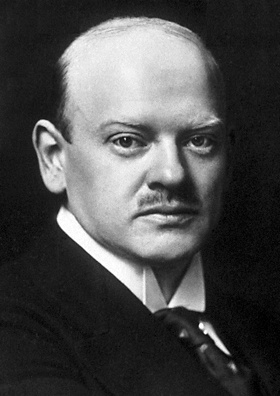There is, alas, an immense amount of nonsense written about St. Mary Magdalene, some of it of quite venerable vintage. For example, one strand of western Christian tradition identifies her with the sinful woman whose story is told in Luke 7:36-50 and therefore asserts that in her pre-conversion days Mary Magdalene was a prostitute or (in the quaint vocabulary of our immediate ancestors) “a fallen woman”.
Thus “Magdalene asylums” or “Magdalene laundries” were (as the oracular Wikipedia tells us) “institutions from the 18th to the late 20th centuries ostensibly to house ‘fallen women’, a term used to imply female sexual promiscuity or work in prostitution”.
This interpretation is exegetically impossible, since the Lukan text upon which it is based goes on to describe Mary Magdalene in the next breath in 8:1-3 in terms which clearly introduce a new figure. This proves that Luke did not have Mary in mind when speaking about the sinful woman in the preceding story.
Contemporary interpretations of Mary Magdalene are even more bizarre, including the one which makes her Christ’s wife. One suggestion along this line asserts that the wedding in Cana at which Christ was present was His own wedding to Mary Magdalene.
The stupidity of this view is revealed in the very text in which the wedding is described: “On the third day there was a marriage at Cana in Galilee and the mother of Jesus was there; Jesus also was invited to marriage, with His disciples” (John 2:1-2).
If Jesus was in fact the groom it was odd that John would say, “Jesus also was invited”. In that case He would not be “invited” since He was the one giving the wedding and issuing the invitations. The suggestion would be comic if it were not blasphemous. Given the amount of verbiage pouring from the pens of those who oppose Christianity, I suppose Mary Magdalene should take such things as a back-handed compliment.
What can we know about the historical Mary Magdalene? I suggest at least three things.
First of all, she was one out of whom Christ had cast seven demons (Luke 8:2). Demon possession in those days manifested itself in obvious and violent ways (compare Mark 8:14f). If alcoholism makes one’s life unmanageable (in the words of AA’s Twelve Steps) then one can imagine that having seven demons would make one’s life quite unmanageable, and this alone would account for the absence of a “Mr. Magdalene” or a husband for Mary of Magdala. Who would want to be married to a lunatic?
Yet when she came to Christ He cast out all seven of her demons and restored her to sanity and to peace. It was in gratitude for this that she did not return to her life or resume her search for husband, family, and respectability, but followed Him around the countryside, supporting Him as best she could out of her own resources, which seem to have abundant.
In this Mary Magdalene reveals the primacy of hope. One must never despair and lose hope, however far one has fallen into sin and insanity. The Enemy is always at hand to whisper into our ears that all is lost, that our sins, addictions, past history, and brokenness all mean that we are beyond fixing and utterly without hope.
It is a lie, and Mary Magdalene’s life proves it. If Christ could heal and restore Mary Magdalene with her seven demons, He can heal and restore anyone. Mary Magdalene might well be considered the patron saint of the hopeless.
Perhaps she has something to say to prostitutes after all, as well as to the drug and alcohol addicted, the porn addicted, and any who feel despair dogging their every step. Her story tells us not to despair! No matter how broken one’s life is, Christ can put you back together again, provided you give Him all the pieces.
Secondly, Mary Magdalene was a myrrh-bearer. That is, she was one of the women who looked on from afar and watched as their beloved Lord died in pain (Mark 15:40-41) and made plans to anoint His corpse after it had been laid in the tomb.
It was, frankly, a mad plan. She and some friends bought or brought the spices with the intention of anointing Him, hastening to the tomb before dawn on the assumption that a few Jewish women could persuade hardened Roman soldiers to open a tomb which had been closed and sealed by Imperial authority and roll the sizable stone away from its mouth so that they could perform their women’s work of anointing a body which had already been properly buried (John 19:39-40).
What were the odds of success? They would be lucky if they escaped with a mere cuff on the cheek from the surly and cynical soldiers. Yet they refused to be deterred. They said to each other as they hastened through the breaking dawn, “Who will roll the stone for us from the door of the tomb? (Mark 16:3), showing that they were hardly able to face the unreasonableness of their plan. But such was their love for Jesus that they refused to acknowledge the unlikelihood of success, but pressed on through the morning light.
In this Mary Magdalene reveals the true foundation of Christian life. Our life in Christ is not based upon the cerebral acknowledgement of propositions and doctrines. We do not simply give intellectual assent to a Creed.
Before all that we love a Person, and love Him more than life itself. Many things are built upon this foundation (including assent to a Creed), but the foundation itself is one of love. St. Peter—dear impulsive Peter—got this: “Without having seen Him, you love Him” (1 Peter 1:8). There are many good things and necessary tasks in the Christian life, but none are more important than personal love and devotion to Jesus. Social justice (whatever that means) is very fine.
The poor we always have with us, and whenever we will, we can do them good (Mark 14:7). But more important is our love for Jesus—a love which transcends reasonableness, and which defies anything which stands in the way between us and our Lord.
Finally, Mary Magdalene was isapostolos, “equal to the apostles”. A few people were honoured with this title in the Church’s history, people responsible for the conversions of nations and multitudes. Nina of Georgia was so honoured, as was Constantine the Great, to whom the Church showed its gratitude with a generous bestowal of liturgical honour.
But Mary Magdalene? Which nations or multitudes did she ever convert? (Stories of her speaking with the Emperor with an egg in her hand and of travelling into France are more devotional adornment than reliable history.) In fact she was honoured with this title because she obeyed when Christ sent her to the apostles, the “sent ones” (apostolos means “sent”).
And note: the apostles did not believe her (Mark 16:11). Did she therefore fail in her mission? No: for she was not commanded to persuade them, but simply to tell them, and in that she obeyed and succeeded. She was given this one simple task, and this she carried out in perfect faithfulness. She went as one sent to the sent ones, and was isapostolos, the first one sent out with the Good News of the Resurrection.
In this she encourages us also in our little lives and small obediences. We may never achieve great status in the Church as did the apostles, or do great exploits which assure us of a place in history books or on icon-screens. Christ may not command us to convert nations, or walk in the ecclesiastical lime-light.
The tasks He gives us are comparatively tiny and seemingly insignificant. We may only be commanded to go bring a word to others who then go on to achieve great things and win high status. But if we humbly obey and carry out His will, this will assure our reward as well. Christ does not measure as the world measures.
Success and fame are not the issue or the prize—obedience to Christ is. Mary Magdalene was isapostolos because she fulfilled the little task Christ gave her, and we will win our rewards for similar obedience.
In this day of confusion over gender roles, Mary Magdalene may well point the way home, revealing what true strength looks like, acting as a counter-weight to the image of the angry, strident feminist often appearing in the news. St. Mary is thus the true feminist, the authentic woman of strength.
She shows that true strength comes from repenting before Christ, from loving Him with one’s whole heart and soul, and from obeying whatever tasks He sets us. Mary Magdalene is pre-eminently a saint for our times, and we have never needed such a feminist more than we do today.
Fr. Lawrence Farley serves as pastor of St. Herman’s Orthodox Church in Langley, British Columbia, Canada. He is also author of the Orthodox Bible Companion Series along with a number of other publications.
The photo shows, “Mary Magdalene Reading,” by Cosimo de Piero, painted ca. 1500-1510.
